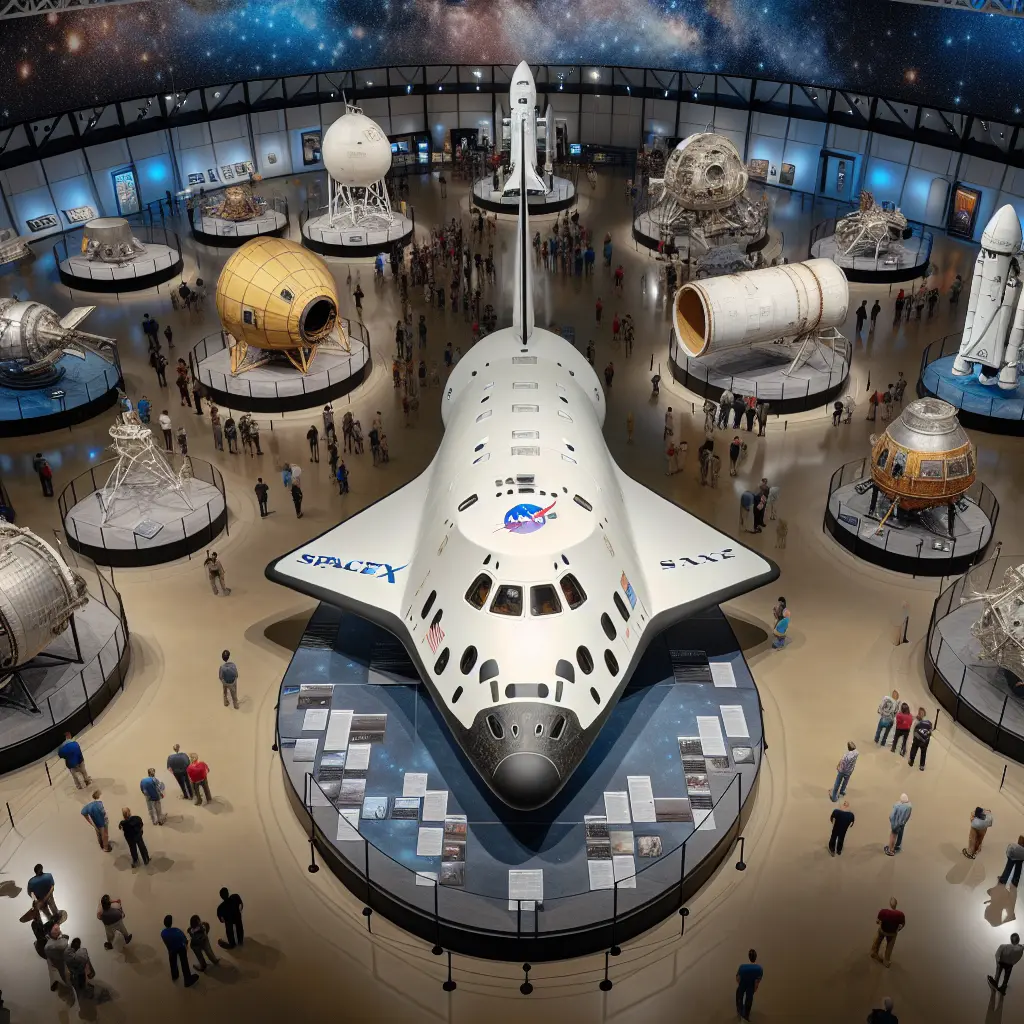In the ever-evolving landscape of global communication, one name has been making consistent headlines with promises to revolutionize how we connect: SpaceX. Under the visionary leadership of Elon Musk, SpaceX is not only pioneering space travel but also reshaping the future of satellite internet with its ambitious Starlink project. This blog delves into the latest developments and what they mean for the future of global connectivity.
SpaceX Satellite Internet and Global Connectivity
SpaceX's satellite internet venture, known as Starlink, aims to provide high-speed satellite internet across the globe. The project's goal is to deploy a constellation of small satellites in low Earth orbit (LEO), which will beam internet access down to even the most remote regions. As of now, Starlink has launched over 1,500 satellites and is in the beta testing phase in several countries, showcasing impressive Starlink internet speeds and reliability source.
Amidst these technological strides, Elon Musk has announced plans to relocate the headquarters of SpaceX and his other company, X (formerly Twitter), to Texas. This move is perceived as a strategic decision influenced by California's regulatory environment, which Musk has occasionally criticized. The relocation could potentially streamline operations and foster a more innovation-friendly atmosphere source.
However, the journey hasn’t been without its hurdles. Recently, SpaceX faced a rare setback with its Falcon 9 rocket. An anomaly during a mission led to the destruction of the rocket's second stage, grounding the Falcon 9 as investigations ensued source. Despite this, SpaceX’s resilience is notable. They quickly pivoted to conduct tests for the next Starship flight, underscoring their commitment to maintaining momentum in their space endeavors source.
Rivalries and Legal Battles
The space industry is becoming increasingly competitive, with rivals like Blue Origin contesting SpaceX’s plans and even alleging that there isn’t enough room at Cape Canaveral for SpaceX’s Starship source. This rivalry has even reached legal arenas, illustrating the high stakes in the race to dominate space and satellite internet services.
SpaceX's internet technology leverages advanced satellites equipped with phased-array antennas to support low-latency satellite internet, crucial for real-time applications such as video calls and online gaming. This technology positions Starlink as a leader in satellite internet innovations, promising speeds comparable to or even surpassing traditional broadband source.
The potential for Starlink coverage expansion is vast. Currently available in select areas, Starlink has plans for global expansion, aiming to fill internet coverage gaps worldwide. This is particularly significant for rural satellite internet access, where traditional broadband infrastructure is often lacking or non-existent source.
One of the most appealing aspects of SpaceX satellite internet is its affordability. Starlink aims to provide affordable satellite internet, disrupting a market that has traditionally seen high costs for less-than-ideal service quality, especially in secluded areas source.
Looking Ahead: The Future of Satellite Internet
As we look to the future, the implications of SpaceX’s global internet ambitions are profound. With each successful SpaceX internet launch, we move closer to a world where high-speed internet is universally accessible, creating more opportunities for education, business, and personal growth across all corners of the globe.
The global satellite connectivity that SpaceX aims to provide could be transformative, especially for developing regions. However, as competitors like Amazon's Project Kuiper gear up to launch their own constellations, the pressure remains on SpaceX to continue refining and advancing its technology to maintain its lead source.
In conclusion, while challenges persist, the progress SpaceX has made in reshaping satellite internet is undeniable. With each launch and technological breakthrough, they edge closer to Musk’s vision of a connected world. The journey of SpaceX under Musk’s leadership—with all its highs and lows—continues to be a testament to human ingenuity and our relentless pursuit of greater connectivity.
As we witness this grand unfolding of technological prowess, let us stay tuned for what’s next on the horizon for SpaceX and the future of global communication. With Starlink's promise of connecting the unconnected, we are on the brink of entering a new era where the digital divide is finally bridged.









Leave a Comment